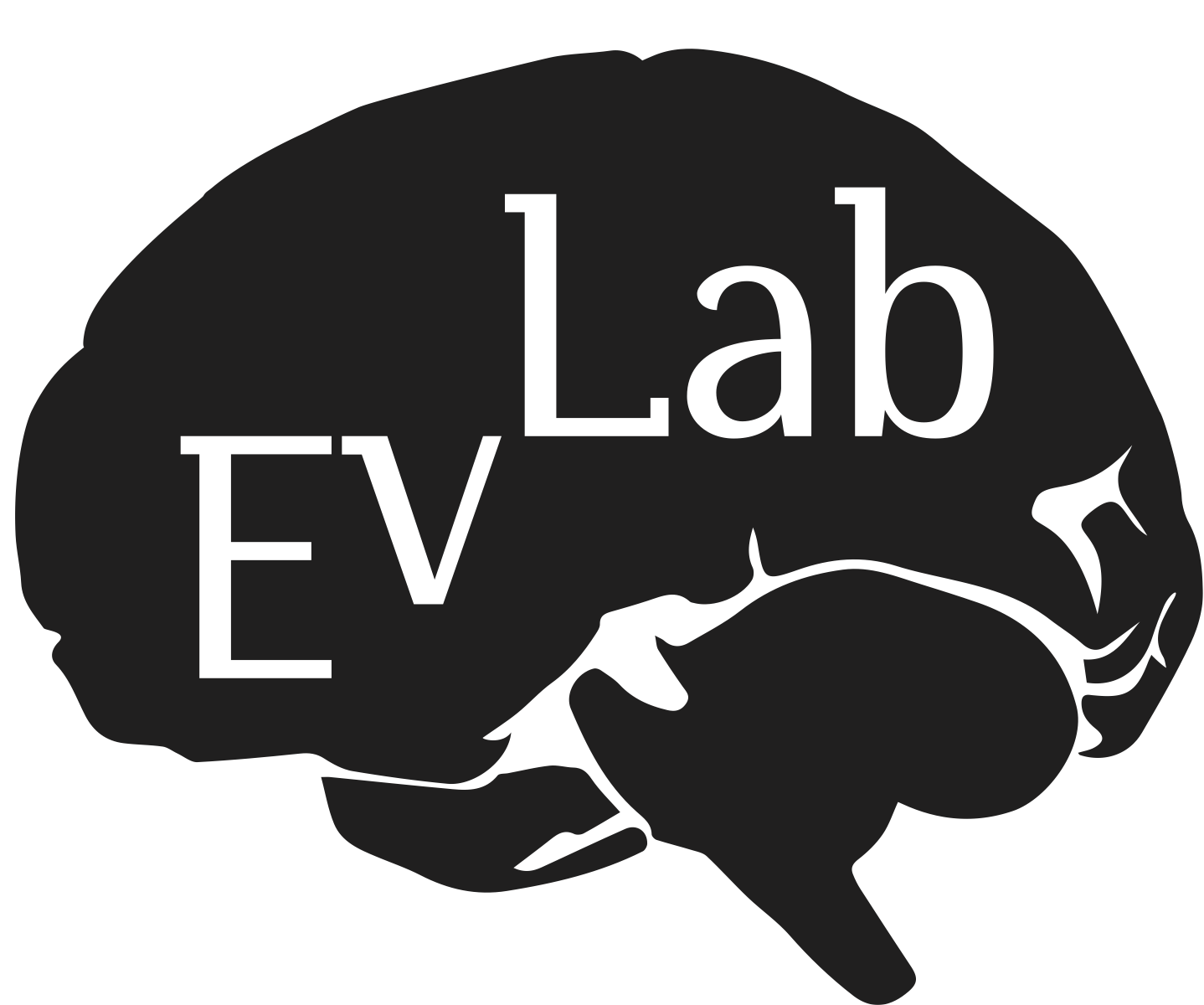About the Interesting Brains Project
Vision
A substantial fraction of the population lives with brains that look different from a typical brain. Some brains have been affected by stroke or physical damage, others have cysts or a build-up of cerebrospinal fluid in the ventricles (hydrocephalus), yet others have had different parts resected to treat epilepsy or to remove tumors. Behavioral investigations of individuals with adult-onset brain damage and subsequent perceptual, motor, or cognitive difficulties have long been an invaluable source of knowledge about the architecture of the human mind and brain. However, in some cases, brain damage (especially early in life) has no effects on cognition and behavior: indeed, some individuals don’t know that they are living with an atypical brain until quite late in life. We believe that studying the functional organization of atypical brains—in both individuals who experience cognitive difficulties and those who live symptom-free—can reveal critical new insights about how our brains work in general, what they are capable of in the face of tissue loss or displacement, and maybe even how different brain components have evolved.
Approach
We rely on the ‘precision fMRI’ approach, where we use extensively validated fMRI paradigms that robustly activate perceptual, motor, and cognitive systems of interest at the individual-brain level. Using this approach, we identify a set of brain areas and networks that support speech and language, as well as other functions, including general reasoning and social perception+cognition. We can then compare how these networks look in brains where some areas are missing or compressed relative to typical brains in order to test diverse hypotheses about brain organization. We complement brain imaging with behavioral investigations to characterize various abilities in individuals with atypical brains and to relate those abilities to neural architecture. When possible, we draw generalizations across multiple individuals with atypical brains, but we also strongly believe that individual case studies can be highly informative, as they have long been in neuropsychological patient investigations and continue to be in diverse areas of medicine.
Research Questions
We are interested in diverse questions, including the following:
1. When does the language system emerge in / move to the right hemisphere?
In most individuals, the language areas reside in the left hemisphere. When extensive areas of the left hemisphere are damaged/compressed in early childhood, the language system can develop in the right hemisphere instead. But what determines the change in lateralization is not well understood. Does the onset or type of damage (e.g., abrupt or slow) matter? Does the location and/or extent of damage matter? Answers to these questions can tell us about innate constraints/biases, if any, on the development of speech and language mechanisms.
2. How does the brain cope with having less tissue to “work with”?
In some cases, substantial portions of the brain may be missing. What does brain organization look like in such cases? Is it similar to what we find in typical brains and all the functional areas are simply reduced in size? Or do we see fundamentally distinct patterns of organization (e.g., functions that are spatially distinct in a typical brain draw on the same brain area)? In combination with examining behavioral outcomes, answers to these questions can tell us about the range of possible solutions for supporting perceptual, motor, and cognitive abilities.
3. Is language more likely to share resources with some functions than others?
In typical brains, different aspects of perception, motor control, and cognition rely on highly specialized brain areas. For example, brain areas that support language processing are not engaged during diverse cognitive tasks. To the extent that language may be forced to share resources with other functions, are there some functions that language is more likely to share resources with? An answer to this question can provide important hints about the developmental and maybe evolutionary origins of language.
4. Why are some brain atypicalities associated with cognitive difficulties while others are completely asymptomatic?
In some cases, even early brain damage (as in cases of prenatal or perinatal strokes) can be associated with cognitive difficulties that can sometimes be long-lasting, but in other cases, even extensive changes in the brain go unnoticed for many years and are sometimes discovered accidentally when the individual is undergoing imaging for some unrelated cause. What determines whether or not loss/compression of brain tissue would be associated with cognitive symptoms? A better understanding of the brain-behavior relationship can inform our theories of brain function, but could also (eventually) help clinicians make more informed prognoses about possible cognitive outcomes.
You can read about things we have discovered so far in Our Findings.
Hope Kean, a PhD student working on this project, recently made an accessible presentation for an event at the MIT Science Museum. Watch it here.
